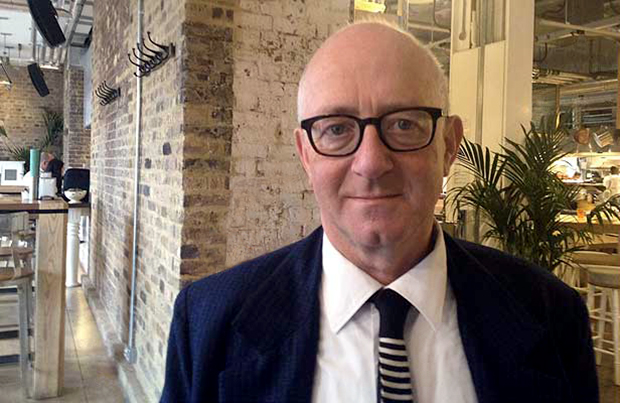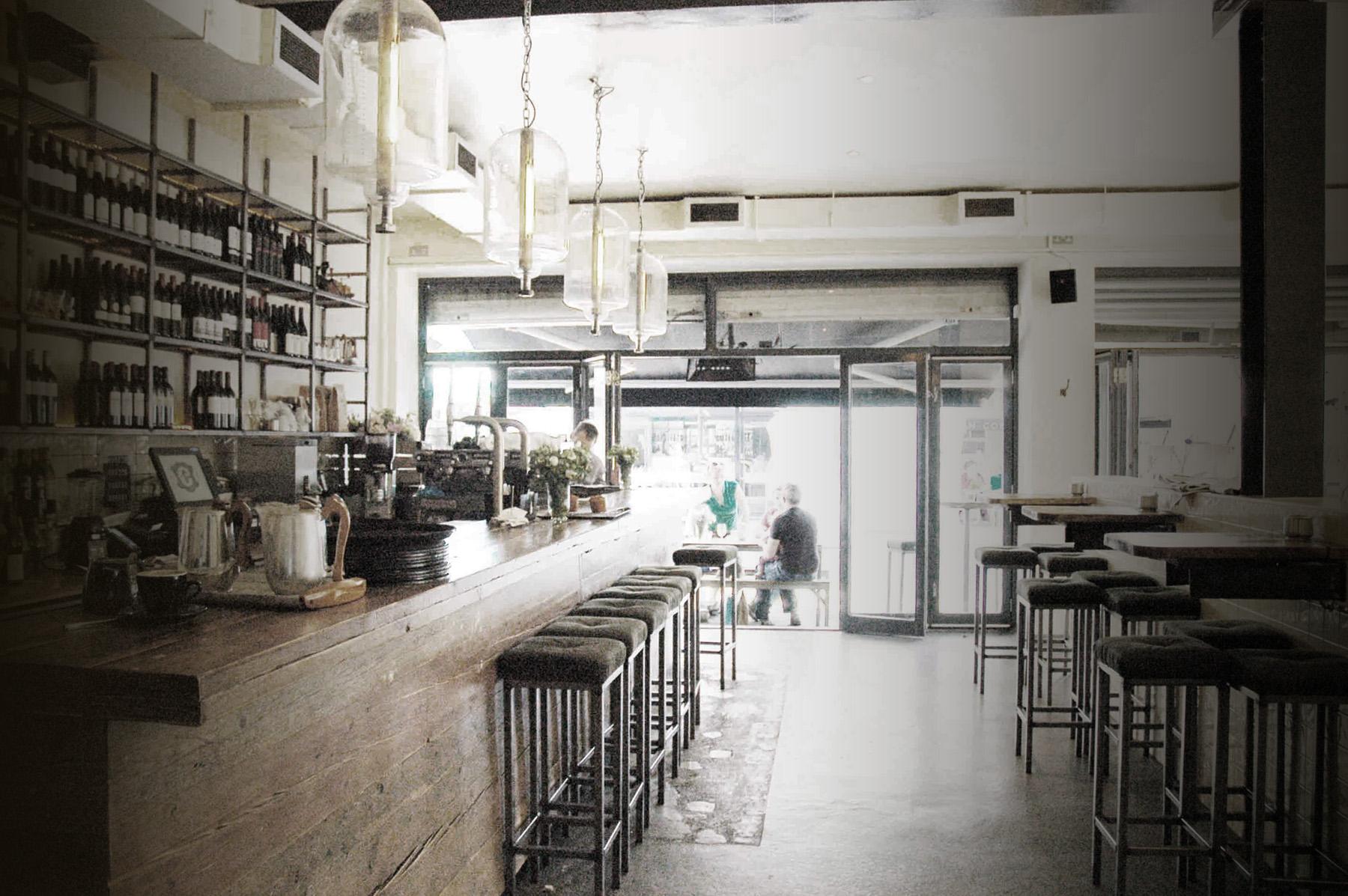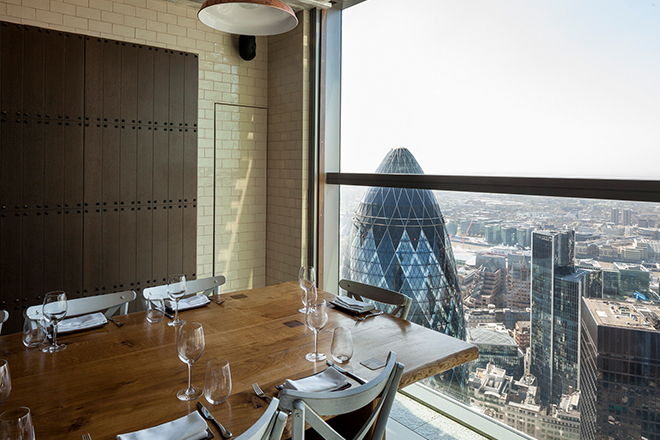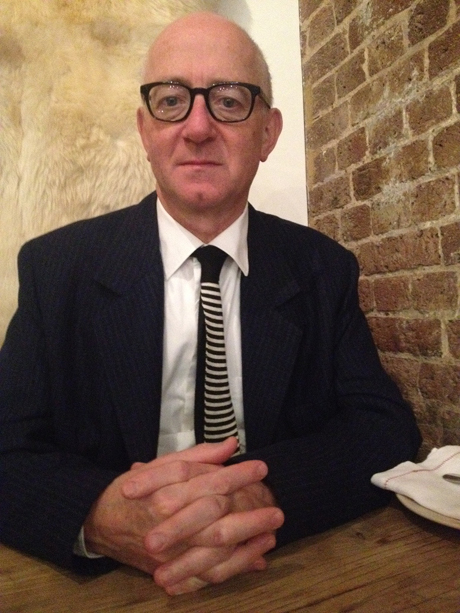
Ten questions for Nick Lander
The Art of The Restaurateur author on iPad dining and why waiters worry when you nip out for a cigarette
Nick Lander might have retired from running his own restaurant, yet we can't think of anyone better suited to commenting on the business. The author of The Art of The Restaurateur writes regular restaurant reviews for the Financial Times, serves as a culinary consultant for the likes of British Airways and Vinteca and continues to eat and drink at the best places around the world. We chatted to him about tea, kimchee and the changing nature of eating out.
What have you learnt about the Art of the Restaurateur since it was published? The book has confirmed to me that is that everybody wants to be a restaurateur – they dream of it, some put their foot in the water; some have a nasty experience; and some have a lot of fun and make a lot of money. The idea behind the eBook is that it can reach more people, pass on more advice, more experience; and the stories are great.
Have eBooks made it easier to easier to read alone in restaurants? I think so. If you're dining alone you haven't got to hold a paperback open, and if you spill something it's not going to ruin the beautiful illustrations [by Nigel Peake]. But I'm also thinking of the people who work there. One of the reasons I wrote the book in the style and manner I did was because I hoped that it would appeal to a lot of people who work in the industry; they need to unwind at the end of a shift. That's why it's not written as a long continuous, book, but in short chapters that you can dip in and out of.
Which subjects covered in the book have attained more importance since it was published? Interestingly, it's the short, didactic passages that deal with everything from lighting to suppliers, at the end of each chapter that really stand out. I only came up with those while interviewing the restaurateurs. They didn't figure in the early proposal at all. These things never get enough credence. Take one crucial subject: maximising your space. This is absolutely crucial to any restaurant's financial viability. Usually it's a 50/50 in a proper restaurant or 40/60 in a more casual restaurant; between half and 40 percent of the floor area goes to the back of house, the kitchen, cloakrooms and lavatories, and 50 to 60 percent becomes your selling space. Now, you have to maximize that selling space, because the revenue from that is paying for everything. If you don't get it right it can lead to costly mistakes. It's a question of sitting down and working that out.

Do you think locally sourced will continue to be the big thing? Absolutely. Now more than 50 percent of the world's population lives in cities. We're further and further from the vineyards and the farms; we always want to be reminded of it where we come from and how our food started. How has this extraordinary produce miraculously ended up on our plate? Well, there's a way to understand and enjoy that, and to offer it to other people without too much of the hard work, other than paying the bill.
How is new technology finding its way into restaurants? There are some interesting developments. I've been to this Japanese restaurant where they've turned the tables into touch screens. Ironically, stuff like this actually makes it harder for the waiting staff and, to a certain extent, the kitchen too. A couple might order, pick up their phones; take a glass of wine and bugger off outside for a cigarette. That's difficult because you have to tell the kitchen to hold the main course because table eight has just disappeared. Getting bad online reviews is tough too, but it's just another fact of life and nothing can be as bad as running a restaurant when smoking was permitted - that was horrible. The air smelled of cigs; your clothes and your hair reeked; and when you went home at night and you got into bed and you stank.
Are there other economic or social forces that are changing the food being served to us? Travel is extraordinary. Latin America is brought closer to us, thanks to air travel; Peruvian food is becoming more common. (There's Ceviche Soho, London, as well as a newer place, Andina, which has opened a few miles away in Shoreditch.) There's quite a lot of Argentinean food, and Brazilian too of course, on the back of the World Cup and the Olympics. All these sort of menus link into cocktails really nicely, which can make the whole thing more profitable.

That's interesting. So, could all this interconnectedness mean an end to the chronology of breakfast, lunch and dinner? If we're switched on and working all the time, will we be willing to eat any meal at any hour? Perhaps. There's a place called Duck and Waffle on the 40th floor of the Heron Tower in London. It's open 24/7. It's good, but I think it's a one-off. The difficult thing about 24-hour trading is that restaurants really do take a pounding. So you do need to close them at some stage just to polish and sweep.
How about new cuisines? A lot of people have been talking about the rise of Korean food. They have. I think it's really here to stay, because it's different and unlike Chinese food, it can take many, many different forms. Also, unlike Italian or Spanish food, not many of us are thinking of hopping on the plane and going to Korea, so it's a taste of somewhere quite exotic. I don't know which other cuisines are going to come through, but I do think tea is really interesting as an idea. A restaurateur or hotelier can do an afternoon tea service and although they sound expensive, if you sit there for an hour-and-a-half it's money well spent. It's less expensive than a dinner because there's not alcohol, and it's a very good social experience.
Starbucks has just bought a tea chain, hasn't it? Yes, Teavana; they paid $620m. They're saying they're going to do for tea what they've done for coffee, which raises the question, 'what have they done for coffee?' Not much, in my opinion, apart from make it more popular. In England we drink a 160 million cups of tea a day; far more than anything, so you wonder where the growth is in this country. In the rest of the world, though it's a different story.

Finally, pick three new restaurateurs you've got your eye on. Sure. There's Will Guidara in New York who runs the restaurant in the Nomad Hotel, and took over 11 Madison Park with his chef and business partner Daniel Hum. He's just very stylish. What they've done at Nomad is very clever, very good. It's a hotel but they just made it very comfortable, very elegant but not ostentatious. It's just good fun.
In London, I'd have to exclude my son, Will Lander, who runs the Quality Chop House, in Farringdon. So instead I'll go with the Caravan team; there are three New Zealanders, Miles Kirby, Chris Ammermann and Laura Harper-Hinton. I think they've done a fantastic job; I love what they've done with the coffee, and the food; the whole thing has great synergy. Being able to offer and satisfy the customer with something distinctive all the way through, from breakfast to lunch and dinner, is a big challenge for a restaurateur.
And in Sydney, I admire a guy Barry McDonald. He started as a wholesaler, and then established these café's called Fratelli Fresh with his brother, and he's just opened somewhere called Café Nice, because he loves that food from south of France and the northwestern corner of Italy that runs along that Riviera coast. I think that's a really interesting unexplored style of cooking, and there's no one really doing that.